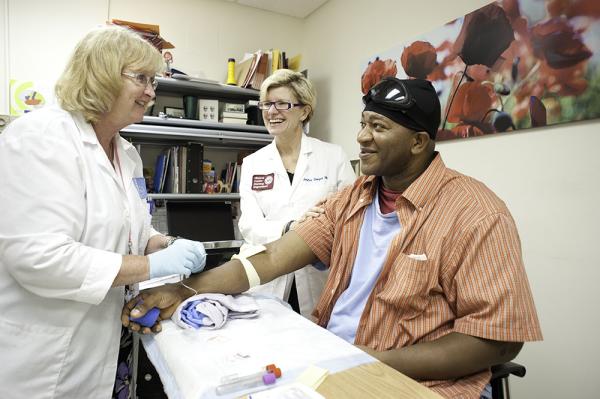Understanding the Foundations of Immune Defenses
IRP’s Mary Carrington Elected to the American Academy of Arts and Sciences for Insights Into Immune System Variations
Some people never seem to get sick, while others catch a new bug of some sort every other week. Humans are immensely variable both in their capacity to shrug off illness and in the ways their bodies respond to medical treatments. IRP senior investigator Mary Carrington, Ph.D., has spent her entire career exploring the biological roots of these differences, and the discoveries she has made earned her election to the American Academy of Arts and Sciences earlier this year.










